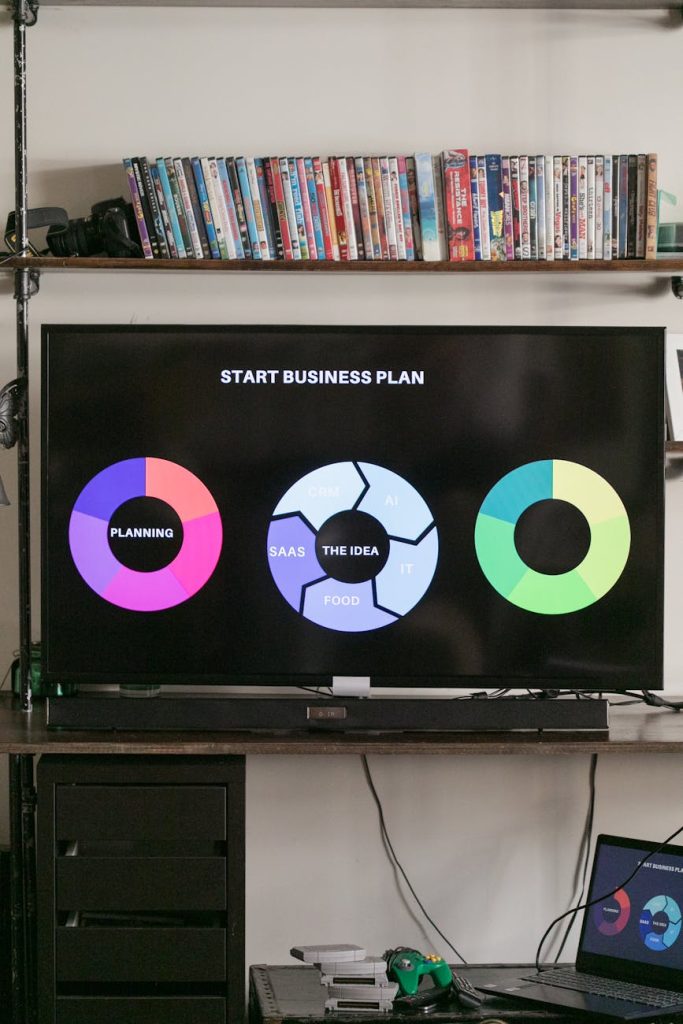
Articla vs. DIY Automations: Scale Safely Without Spam
In the evolving landscape of content creation and digital marketing, organizations often face the dilemma of choosing between utilizing platforms like Articla for automation or relying on DIY solutions. The ultimate goal is to scale efficiently while adhering to Google’s policies and maintaining a spam-free environment. This article explores these two approaches, helping you understand their reliability, effectiveness, and compliance with best practices.
Understanding Articla and its Automation Benefits
Articla is a platform designed to facilitate content creation and management through automated tools. By leveraging such advanced automation, businesses can streamline their workflows, enhance productivity, and create high-quality content consistently. Key features of Articla include:
- Workflow Management: Articla allows users to create structured workflows for content production, ensuring that every piece goes through necessary approvals.
- Scheduling Capabilities: The platform’s scheduling functionalities help in planning and releasing content at optimal times, improving engagement and visibility.
- Compliance with Google Policy: Articla aligns with Google’s guidelines on artificial intelligence and generated content. As indicated by Google, proper use of automation can enhance, rather than diminish, the reliability of content when done correctly [1].
These features make Articla a strong candidate for businesses looking to scale without compromising the quality and integrity of their content.
DIY Automations: Pros and Cons
While many organizations may lean towards DIY automations for cost-effectiveness and control, this approach comes with its own set of challenges. Here’s a deeper look into the advantages and disadvantages of DIY automations:
Advantages of DIY Automations
- Customization: DIY automations allow for tailored solutions specific to an organization’s needs. This flexibility can lead to unique content strategies and workflows.
- Cost Control: Building your automations can often be cheaper in the long run compared to subscription-based platforms, especially for smaller companies.
Disadvantages of DIY Automations
- Time Intensive: Developing and maintaining automated processes require substantial time and technical expertise. Teams might find themselves dedicating more time than anticipated to create effective workflows.
- Risk of Non-compliance: Without a clear understanding of Google’s spam policies and content guidelines, DIY solutions can easily lead to spammy or non-compliant content [2]. Such pitfalls could not only harm your brand reputation but also result in penalties or lower search rankings.
Scaling Safely: The Importance of Compliance
When considering scaling through automation, it is crucial to prioritize compliance with Google’s policies, which emphasize the significance of original, informative, and user-centric content. According to Google’s spam policies, any form of manipulative strategies aimed at artificially improving search rankings can lead to serious repercussions, including being flagged or banned [3]. Ensuring that automation tools are used within the framework of these regulations is essential for safeguarding your brand.
Strategies for Safe Scaling
To scale safely while maintaining quality and compliance, consider the following strategies:
- Utilize Approved Tools: Implement automation tools like Articla that adhere to legal frameworks and ethical guidelines set forth by Google.
- Regular Content Reviews: Establish a process for regularly reviewing automated content to ensure it meets the quality standards and aligns with your brand’s messaging.
- User Engagement: Always focus on creating content that provides value to the audience and encourages genuine engagement. This approach not only improves user experience but also resonates with search engine algorithms, which prioritize valuable content.
Conclusion
Both Articla and DIY automations have their merits and challenges. Articla offers a structured, compliant way to scale content production while minimizing spam risks. In contrast, DIY automations provide flexibility but may lack the necessary safeguards against non-compliance. Ultimately, choosing the right approach for your organization will depend on your specific needs, resources, and commitment to maintaining a spam-free and reliable content strategy. By focusing on compliance and quality, you can effectively scale your content efforts without compromising your brand’s integrity.
References
Get epic product battles straight to you! 🥊 📦 ![]()




